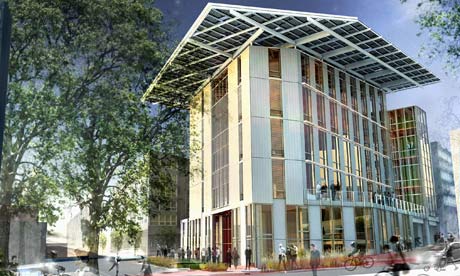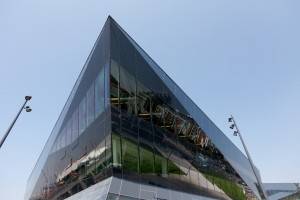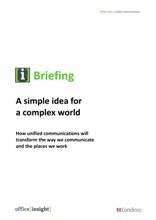To provide the best experiences, we use technologies like cookies to store and/or access device information. Consenting to these technologies will allow us to process data such as browsing behaviour or unique IDs on this site. Not consenting or withdrawing consent, may adversely affect certain features and functions.
The technical storage or access is strictly necessary for the legitimate purpose of enabling the use of a specific service explicitly requested by the subscriber or user, or for the sole purpose of carrying out the transmission of a communication over an electronic communications network.
The technical storage or access is necessary for the legitimate purpose of storing preferences that are not requested by the subscriber or user.
The technical storage or access that is used exclusively for statistical purposes.
The technical storage or access that is used exclusively for anonymous statistical purposes. Without a subpoena, voluntary compliance on the part of your Internet Service Provider, or additional records from a third party, information stored or retrieved for this purpose alone cannot usually be used to identify you.
The technical storage or access is required to create user profiles to send advertising, or to track the user on a website or across several websites for similar marketing purposes.





 The Bullitt Center, proclaimed as the greenest, most energy efficient commercial building in the world, is opening in Seattle. The goal of the Bullitt Center is to change the way buildings are designed, built and operated to improve long-term environmental performance and promote broader implementation of energy efficiency, renewable energy and other green building technologies. Tenant are now moving into the six-storey, 50,000 square-foot building located at the intersection of Capitol Hill and the Central District in Seattle, Washington.
The Bullitt Center, proclaimed as the greenest, most energy efficient commercial building in the world, is opening in Seattle. The goal of the Bullitt Center is to change the way buildings are designed, built and operated to improve long-term environmental performance and promote broader implementation of energy efficiency, renewable energy and other green building technologies. Tenant are now moving into the six-storey, 50,000 square-foot building located at the intersection of Capitol Hill and the Central District in Seattle, Washington. 














January 14, 2013
Cloud computing set to transform business models
by Mark Eltringham • Comment, Technology, Workplace
[embedplusvideo height=”196″ width=”300″ standard=”https://www.youtube.com/v/Y7hHXRIRflg?fs=1″ vars=”ytid=Y7hHXRIRflg&width=300&height=196&start=&stop=&rs=w&hd=0&autoplay=0&react=1&chapters=&notes=” id=”ep6634″ /]
As an issue explored in our own briefing on the technologies that will do most to transform the workplace during 2013, we know the Cloud is set to be adopted (and understood) by more and more organisations and individuals in the coming year. Doubtless it will follow the usual process of technological adoption as people begin to understand its unintended consequences as well as its uses but it pays to know what some of its implications will be for office designers and managers as shown by this programme from Deloitte.